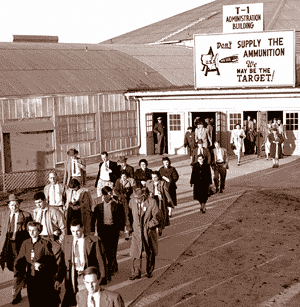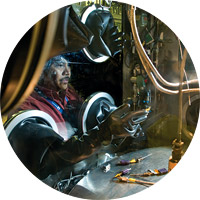05/23/2024 |

Our Parent Companies |
For more than 70 years, the federal reservation known as the Born in the midst of Cold War secrecy, the Savannah River Site (SRS) has always operated safely and efficiently to execute its missions. During the Cold War, it produced one third of the nation’s weapons-grade plutonium and all of the nation’s tritium—both integral components of nuclear weapons. When the Cold War ended, the United States no longer needed the amounts of new nuclear materials as before and a new focus began—on cleaning up the Cold War legacy and downsizing the nation’s nuclear complex. Other nuclear sites across the nation were closed down, and their materials were sent to South Carolina for safekeeping because of SRS' security excellence and unparalleled history of safety performance. Now SRS, and a handful of other sites, have became the bedrock of the United States’ nuclear future. Today, SRS is an interesting contrast. Of its 198,000 acres, about 90 percent is pine forest and teeming swampland. The property is a National Environmental Research Park and is home to several endangered species. Waterfowl and other wildlife are plentiful. Entire areas have been razed, as they were home to buildings and operations that were no longer needed. Nature has begun to take those areas back.
On the other 10 percent, however, the business of serving the nation is still very real. In a reduced, centralized core, operations continue, some in refurbished, robust buildings that were part of the original construction in the early 1950s. Other work takes place in modern facilities that were designed and built to be an enduring part of the nation’s nuclear future. This work includes conducting research and development at one of the United States’ national laboratories; producing new tritium for national security; receiving, storing and dispositioning spent nuclear fuel from across the nation and around the world; consolidating the nation’s plutonium and uranium; managing wastes; cleaning up and removing excess buildings; and remediating soil and groundwater.
|
| ©2010 Savannah River Nuclear Solutions, LLC. All Rights Reserved. |

